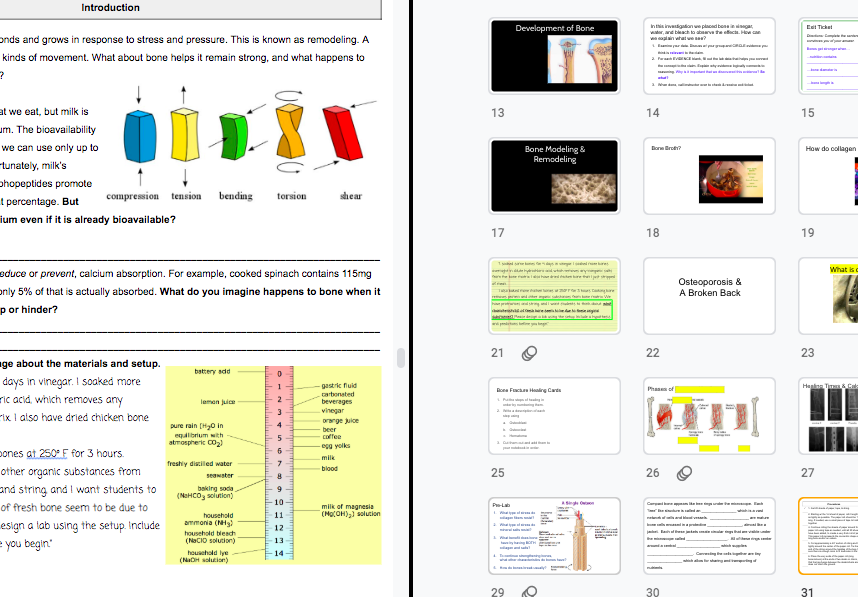Teacher Talk: Social Anxiety & Titrating Conflict
As a teacher with sometimes crippling social anxiety, I rehearse a demeanor that blends Late Show with Stephen Colbert and Mister Rogers. We have values and standards that make us members of this classroom, and we will show kindness to help people access it within their understanding. Most of my approaches to teaching derive from my pre-teaching experience in legislative drafting, neuroscience, and human evolutionary biology. A lot of my off-the-cuff responses were workshopped in the improv class inside my head. Sometimes I think improv should be required for training, even for teachers like me who dread that kind of seemingly disingenuous performative distancing. As shy as I am, even a few improv sessions trained my brain for public performance more quickly and effectively than anything else. I quickly realized the awkward struggle is the expected end product. That brings me to teaching.
Razy Lacism & Collective Action Problems
Before teaching, my mentees were usually law school or college students and I usually wasn’t their immediate boss. When I began to teach high school science, my students and I struggled to match up high school with the various workforce expectations I had departed. Was the struggle a notification of my own ability or understanding of either context? My student teaching program went through laborious lengths to passive aggressively imply (sans details) we lacked the desired total control over the classroom, and students had no idea what decorous, proper academic behavior was, or what the point of education was.
This was directly at odds not only with my own experiences as a student, but also smacked of the lazy racism I had encountered in my own teachers. Many of my labeled “disruptive” students could articulate what was wrong in a classroom or school, and frequently expressed frustration at the waste of time in their own education. (Teachers usually snarked in response that they complete more work or perform better on grades or listen when the teacher gave instructions. Everybody has good and bad days, including students.) These “problem defectors” from the “self-described learner” model also expressed that adults had betrayed every attempt they’d made at contributing to a community culture, because they failed to remove and directly intervene with bad actors based on assumptions about those students’ abilities. Why should they take that risk again and again when the adults weren’t doing their jobs?
I have never heard another adult describe or report this view from a child. Only some adults have the freedom to leave a toxic workplace. Logic tracks that few students have the freedom to leave a toxic school. How do we expect adults to act or even self-advocate in that environment? How is that different from how we expect students to respond?
The teacher adjusts a concept’s framing for the world to meet a student’s level of challenge, then provides the menu of tools for a student to try, feel confident in, and apply to outside the classroom.
Eventually I realized that the curriculum, group work, and tasks rarely connected to genuine interpersonal working practices or content. I had assumed a teacher was a coach who titrates the level of cognitive load and mediates between the policy expectations of the real world and the collective resources of the student’s reality. I didn’t realize there was no narration linking the two, and further realized I’d never learned it in school myself, having been the one to walk off with the bathroom pass for two periods. I apologize to all the security guards who have chased me down halls and over bathroom stalls.
But no matter how many hours we spend on the seating chart, and no matter how many kids come to us from an overflowing Wellness Center, we teachers are still not trained or certified as clinical therapists or social engineers. We evaluate a student’s resources and find ways to bridge and complicate concepts. The learning process is inherently full of conflict between an old and new reality.
Many new teachers worry about classroom management and how it interacts with the school culture. Sometimes in the chaos, we mislabel all conflict as bad, when it’s only the conflicts we haven’t designed or anticipated that require further consideration.
I don’t know what’s out there that trains people in this. Maybe I haven’t found it yet. But I’m going to keep thinking and trying.



























